We are grateful to Dr. Malcolm Rogers who has attributed the work to John Closterman and dated the work to the 1690s, exclaiming “It is an entirely characteristic work of the first phase of Closterman’s independent activity.”
This striking portrait was painted by the leading late-seventeenth century court painter John Closterman (Johann Kloosterman) circa 1695. The sitter is portrayed in a standard gentlemanly pose for the period with one arm on his hip and the other resting on a stone ledge, but what is striking is its study of the sitter’s attitude. It demonstrates the sharp characterisation that is distinctive in the work of this painter. The formula employed in this portrait appears frequently in his work – the brown/orange robes, a curtain, a column, a balustrade - but the work stands out in its powerfully imbued sense of the sitter’s character and sense of presence.
Held in an exquisite gilded period frame.
John Closterman (1660-c.1711) developed a strong reputation as one of London's leading portraitists in the late seventeenth century, depicting royalty, nobility and key society figures of the period. Closterman was a leader in the race to be London’s leading society portraitist and the sitters would have been acquainted with his talent.
Closterman (also spelled Cloosterman, Klosterman) was born in Osnabrück (now lower Saxony), the son of an artist who taught him the rudiments of design. In 1679 he went to Paris, where he worked for two years in the studio of François de Troy - his work reflects the French Baroque due to this experience. In 1681 he came to England, and brought an exceptionally luxurious inventiveness which was responsible for some of the remarkable portraits of the period. He painted draperies and other minor details for John Riley, at whose death in 1691, Closterman finished several of his portraits. The demand for his work soared and by the middle of the decade he set up an independent practice, pushing him further into the higher echelons of society. By the late 1690s he appears to have enjoyed a position amongst the most distinguished literary and artistic circles.
In 1696 he was invited to the court of Spain, and executed the portraits of the king and queen; he also went to Italy
twice, and made several acquisitions of works of art. On returning to England he obtained considerable employment, and married an Englishwoman. His wife, Hannah, was buried on January 27, 1702.
The hauteur and entitlement that Closterman captures was a perfect fit between aristocratic sitter and artist and his sense of theatre and his mastery of colour – the brilliance of the wig and the sheen of scarlet drapery – explains his appeal to a broad clientele, from magnates like the Duke of Somerset and Marlborough to Sir Christopher Wren, the notable personalities of the age. Closterman died in 1711 and was buried in Covent Garden churchyard, London.
John Closterman was sometimes confused with his brother, John Baptist Closterman (d.1713 or later) until John Closterman’s will was discovered and then published in 1964.
Provenance:
Kirtlington Park, Oxfordshire, is a Palladian Grade I country house built in 1742–46 (the original house, Kirtlington, was a royal manor in the time of Edward the Confessor, and was presumably already a hundredal manor in the 10th century. It is first mentioned in 945, when a payment was made there to the king). Kirtlington is set in 3,000 acres of parkland, landscaped by Lancelot "Capability" Brown, with views over the gardens to the Chiltern Hills.
The Dashwood family were extensive landholders in Oxfordshire for well over 200 years, principally in Kirtlington and Northbrook, the manors of which were acquired in 1682 by Robert Dashwood by his marriage to Penelope Chamberlayne. The family seat was at Kirtlington Park, where the house was built by Sir James Dashwood (1715–1779), Robert’s grandson, between 1742 and 1746.
Sir James devoted much of his energy and fortune to the building and furnishing of Kirtlington Park. He had inherited his title at the age of nineteen while on the Grand Tour. In 1738, two years after his return, he married an heiress, Elizabeth Spencer, and in 1740 he became a member of Parliament and prepared to build a house suitable for a family whose social status in Oxfordshire was second only to that of the duke of Marlborough at nearby Blenheim Palace.
Kirtlington Park remained in the family until 1909, when Sir George John Egerton Dashwood, 6th baronet, sold the house to the Earl of Leven and Melville.
Measurements: Height 145cm, Width 120cm framed (Height 57”, Width 47.25” framed



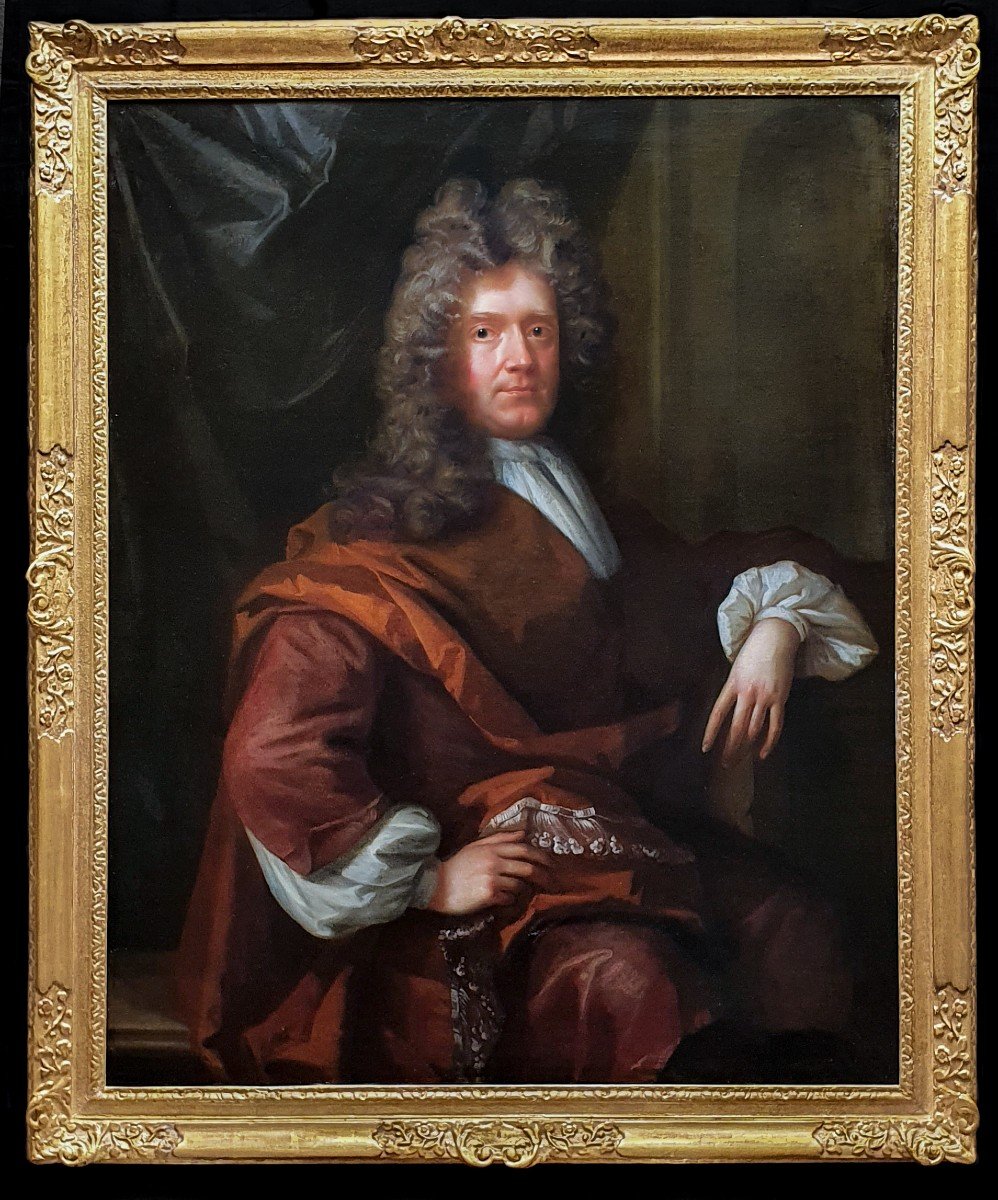

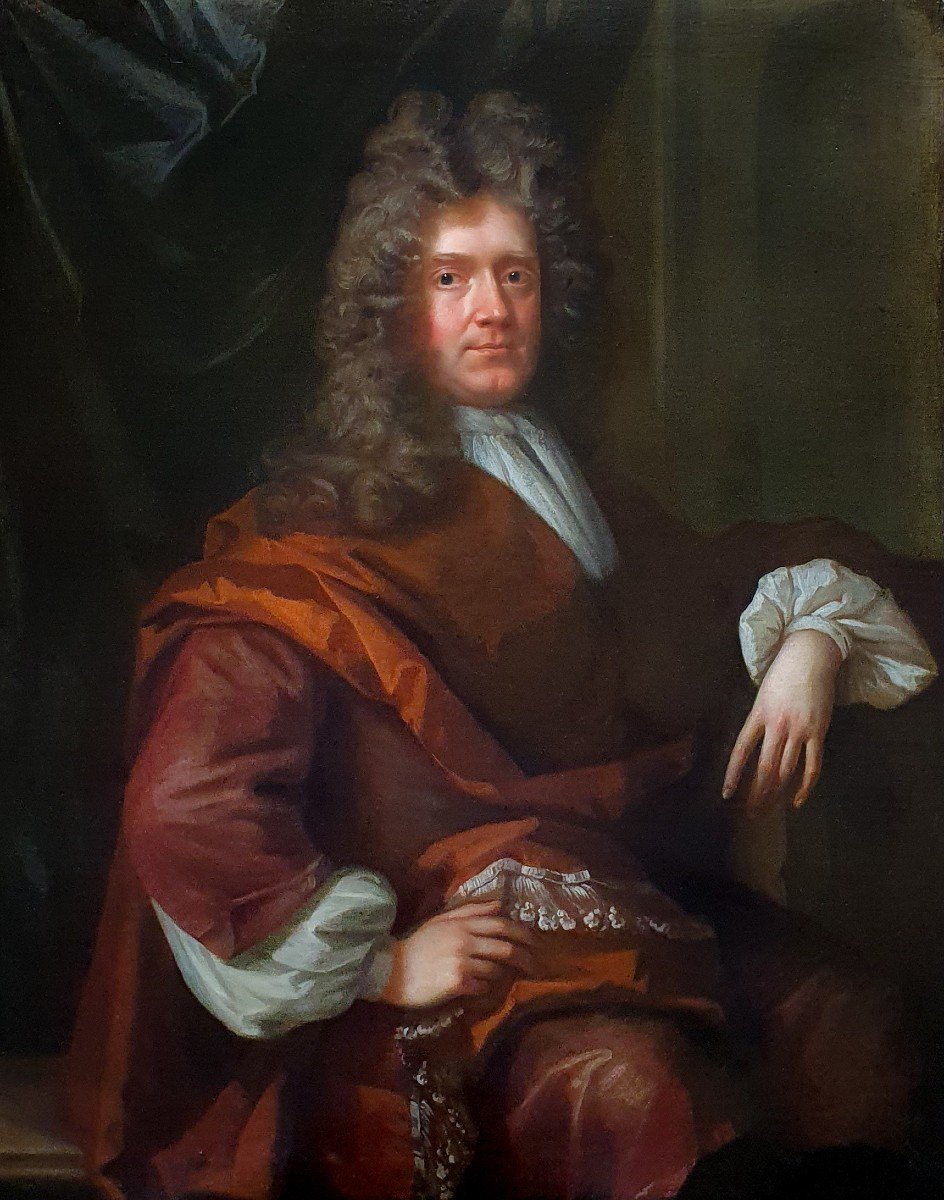
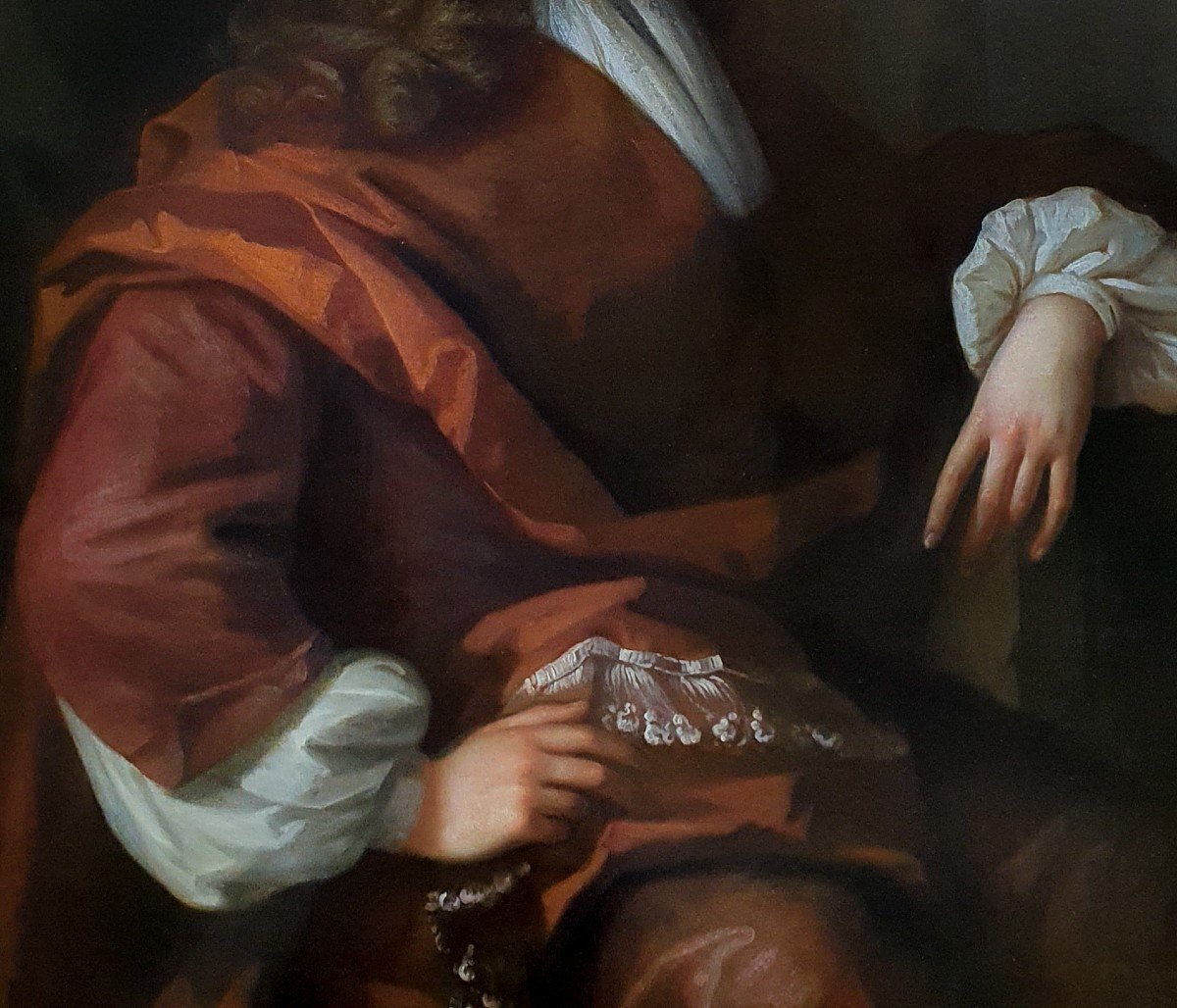
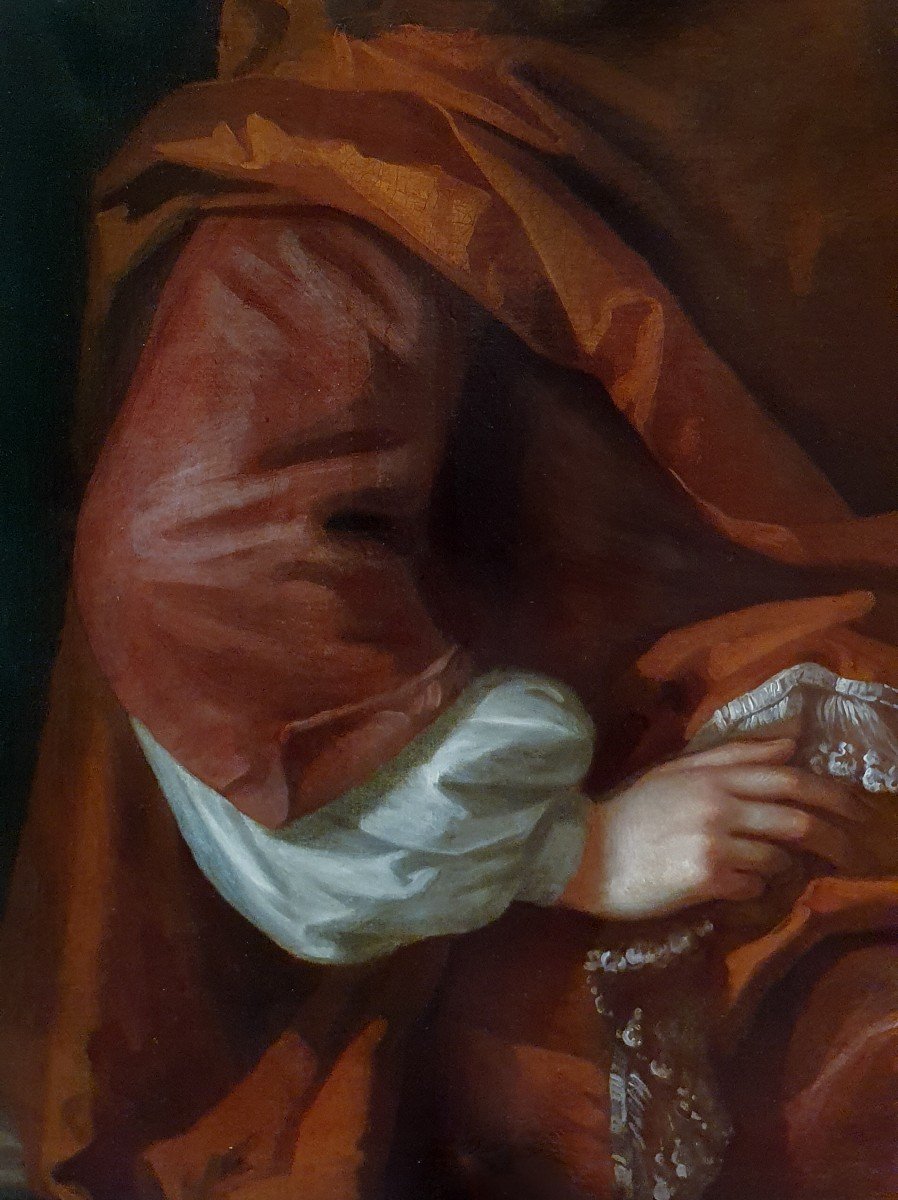
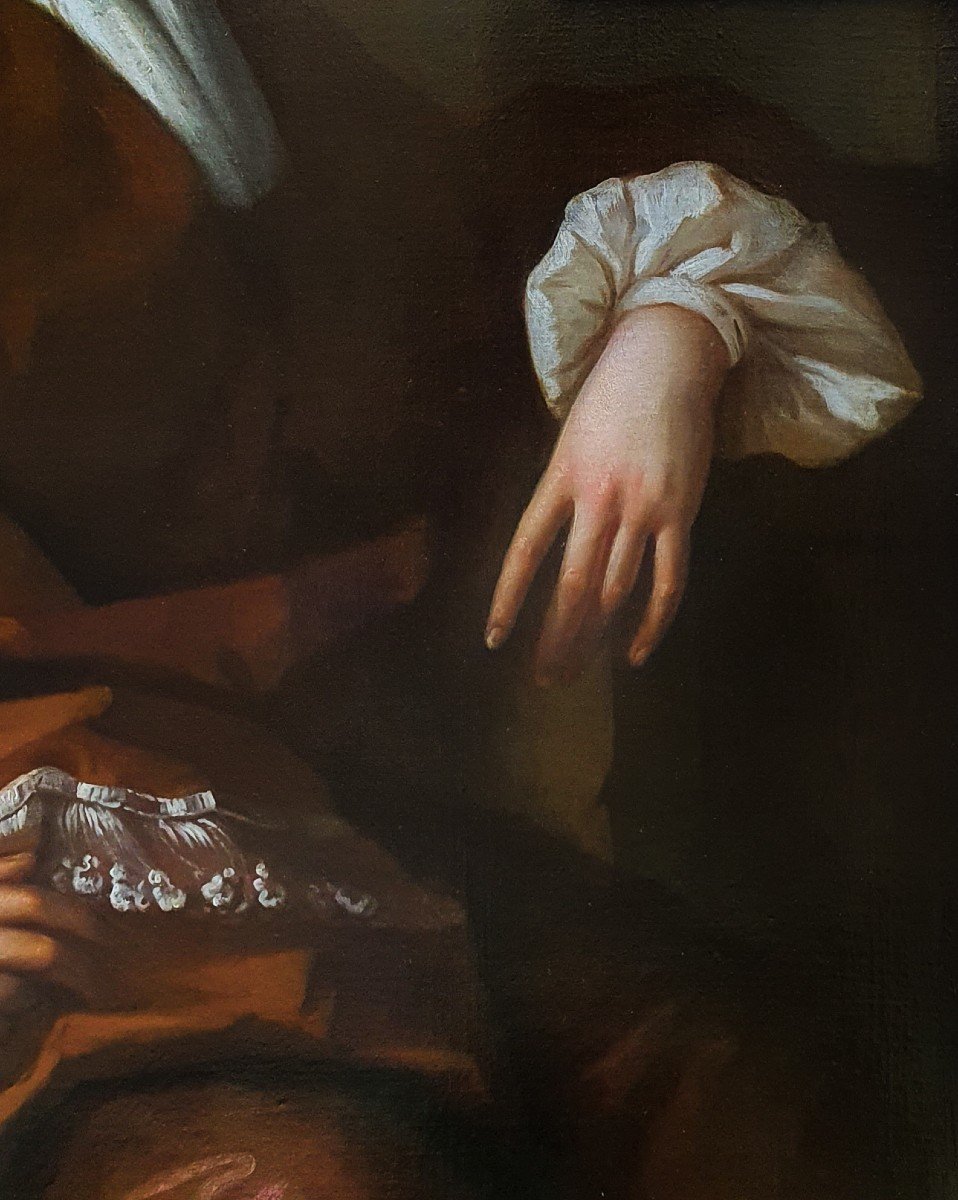

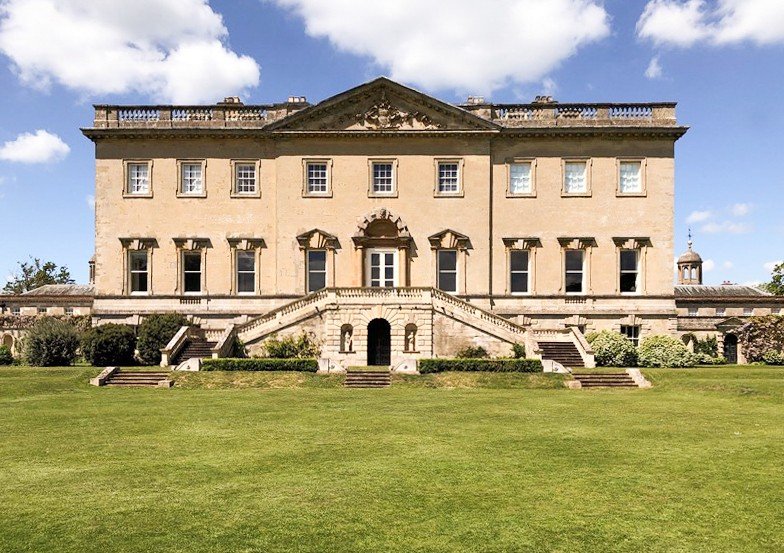
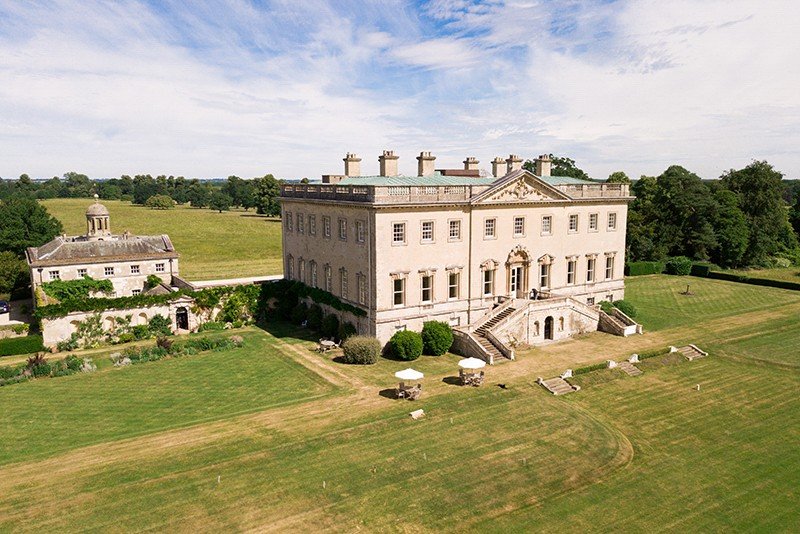
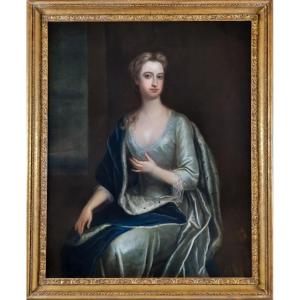








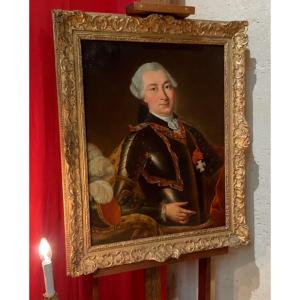





 Le Magazine de PROANTIC
Le Magazine de PROANTIC TRÉSORS Magazine
TRÉSORS Magazine Rivista Artiquariato
Rivista Artiquariato
